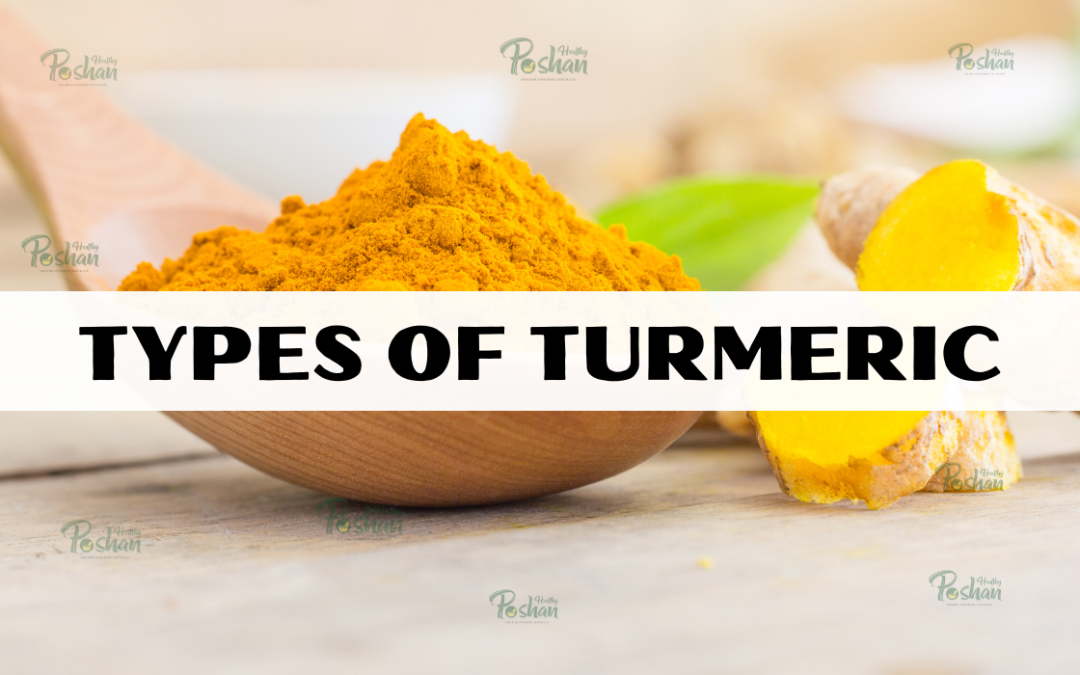Turmeric, an essential spice found in every household, has multiple health benefits. It has been around for 4000 years. The ancient medicine system including Ayurveda, Chinese and Unani have used it for treatment. You will be surprised to know that there are other types of turmeric apart from your regular turmeric. Yes, turmeric is not found in just yellow color. There are different types of turmeric including white turmeric, yellow turmeric, wild turmeric and others. Turmeric is categorized on the basis of their characteristics, flavors and their uses.
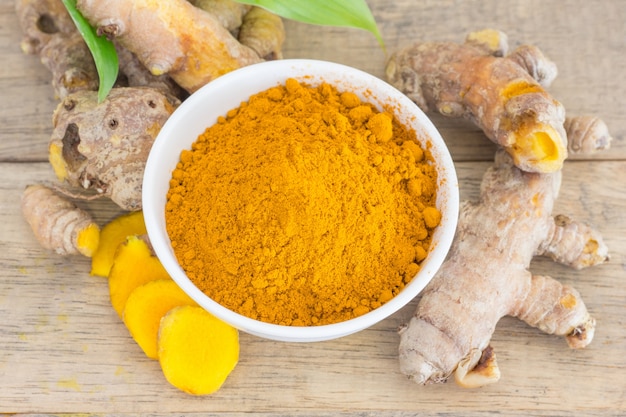
Here is a list with different types of turmeric:
Common turmeric:

This is the type of turmeric that one can easily find in South Asian homes. Common turmeric is the type that is used as spices in the dishes. It is a major spice used in the culinary field to give the dish depth and flavor. Common turmeric also known as yellow turmeric or turmeric is the most commonly used type of turmeric. This type of turmeric is yellow-orange in color with a warm and earthy flavor.
Wild turmeric:

Wild turmeric is mostly found in South Indian regions and people there call it “kasturi manjal”. Also known as curcuma aromatica, wild turmeric has a distinct aroma and a different flavor than common turmeric.
White turmeric:

Curcuma zedoaria or white turmeric is another type of turmeric with a pale yellowish-white color and a mild flavor. Also known as amba haldi in India, white turmeric is widely used in Southeast Asian cuisines majorly in Indonesia and Thailand. With multiple medicinal properties, white turmeric has been a part of the traditional medicine system for centuries.
Mango ginger:
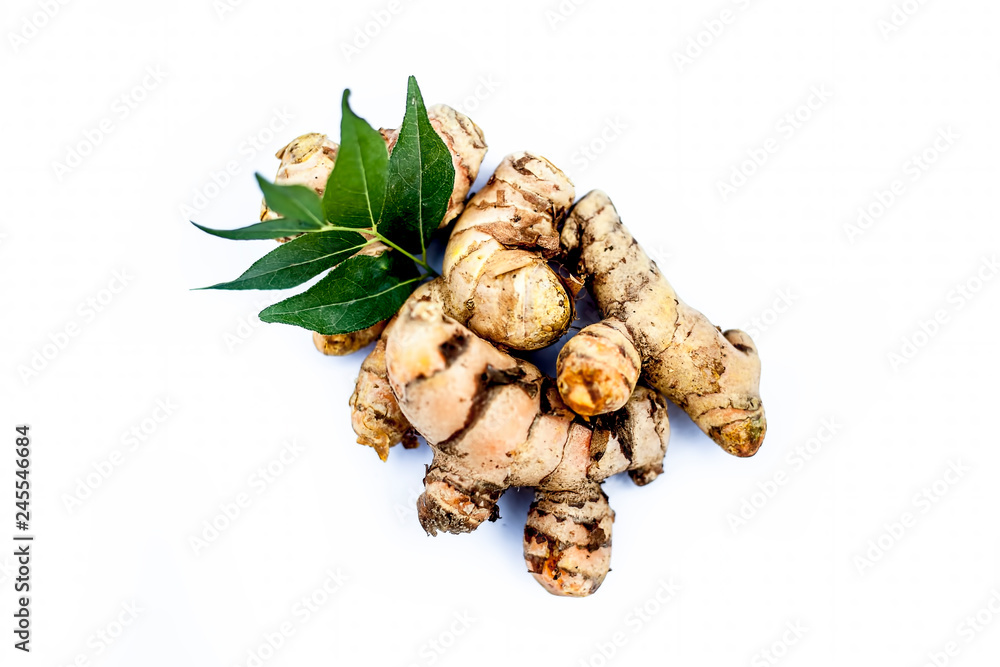
Mango ginger is a type of turmeric that got its name because it has a close resemblance to ginger in appearance and has a mango-like aroma and flavor. It is widely used in chutneys and pickles in South Asian cuisines. Mango ginger’s scientific name is curcuma amada.
Black Turmeric:
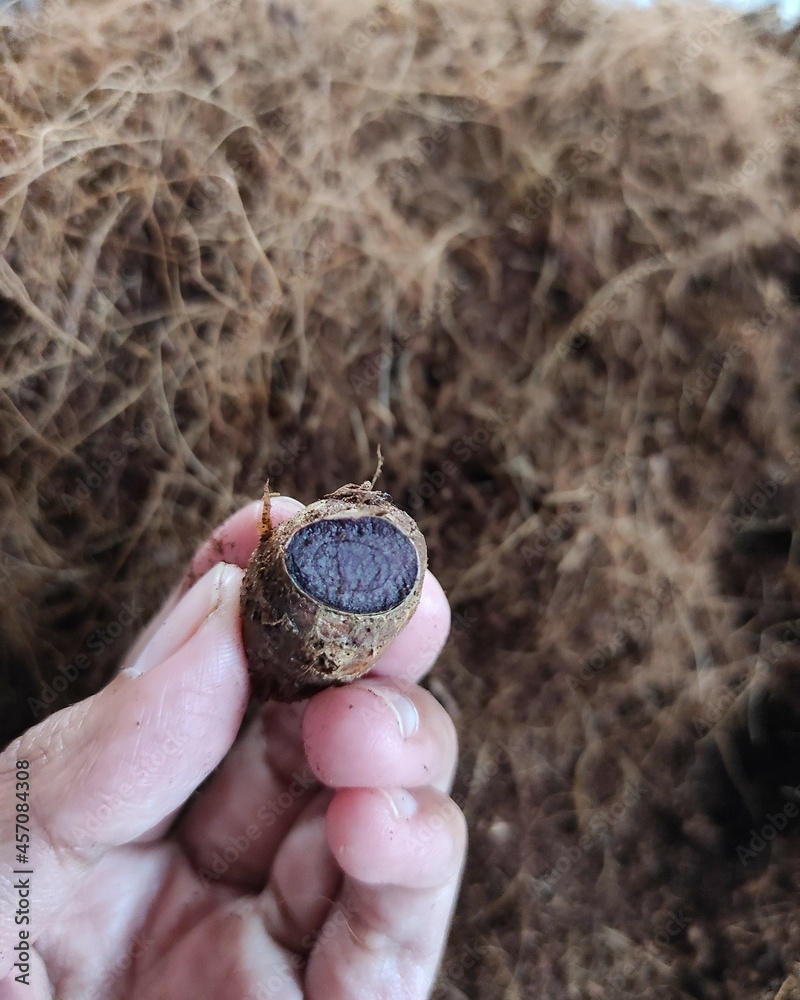
Black turmeric is scientifically called curcuma caesia. It is widely used as a medicine because of its antioxidant and anti-inflammatory properties.
Javanese Turmeric:

Known as curcuma xanthorrhiza, javanese turmeric is primarily found in Indonesia. People there use it in their cuisines and also as a herbal remedy.
Turmeric flower:
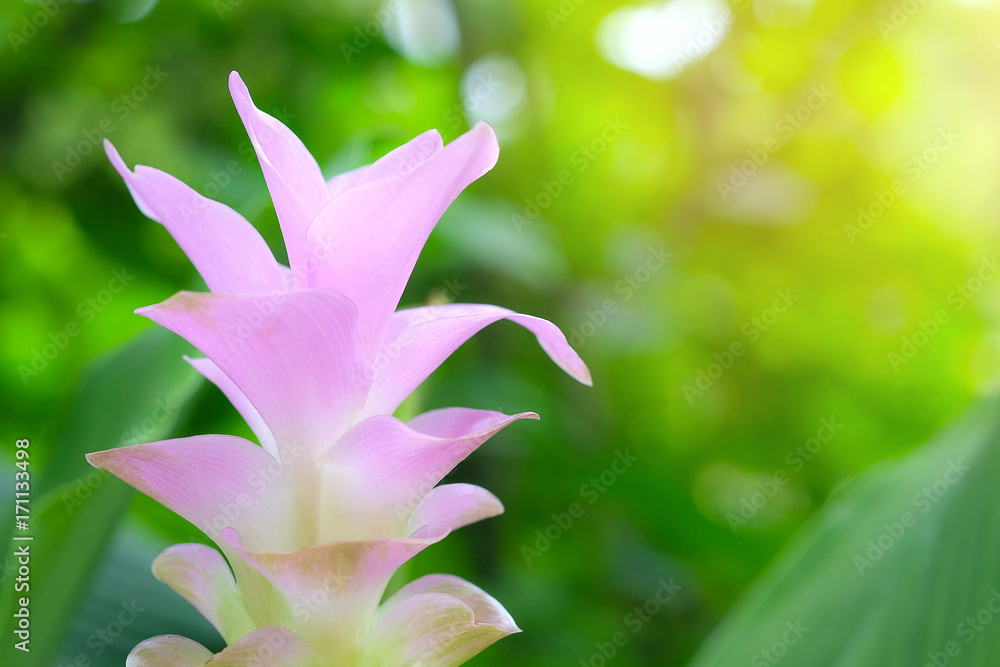
Though turmeric flower or curcuma aeruginosa has antimicrobial, antioxidant and analgesic effects, it is widely used for ornamental purposes, especially in cultural rituals. The flowers are pink-white shade which enhances their ornamental value.
Health benefits of turmeric:

Turmeric is used as a spice in Indian cuisine and with its spread through silk road, nowadays it is a part of other cuisines as well. Due to its medicinal properties it was also used for treatment in Ayurveda. Turmeric has an active compound called curcumin which gives turmeric its medicinal properties. Curmin has antioxidant, and anti-inflammatory properties.
Here is a list of some of health benefits of using turmeric:
Turmeric helps to reduce inflammation:
Curcumin, the active compound of turmeric, has anti-inflammatory properties. Its anti-inflammatory properties help to reduce inflammation in the body. Consuming turmeric helps to reduce the risk of chronic diseases associated with inflammation like arthritis, inflammatory bowel diseases and heart related diseases.
Turmeric is beneficial in boosting brain health:
Curcumin is shown to have a positive impact on brain health by improving memory and cognitive function. It may help to [protect against brian diseases like Alzheimer’s disease and dementia.
Turmeric helps to improve heart health:
Turmeric has a positive impact on heart health as well. It reduces cholesterol levels which is linked to an improved heart health. Lower the cholesterol, lower is the risk of heart diseases. Due to turmeric’s anti-inflammatory properties, it also reduces inflammation in the body keeping the heart at bay from heart diseases associated with inflammation.
Turmeric may prevent some cancers:
Curcumin also possesses anti-cancer properties. Consuming turmeric can help in preventing cancer cell growth and also curb its spread.
Turmeric helps to relieve pain:
Turmeric milk is used as a home remedy to get relief from pains in South Asian homes. If someone is going through pain due to an injury, arthritis, a simple headache or muscle soreness, turmeric is your remedy. Drink warm milk with a little bit of turmeric powder in it before going to bed and you may experience relief from pain.
Turmeric helps improve digestion:
Turmeric helps to improve digestive health by stimulating bile production. It gives relief from symptoms of indigestion, bloating and inflammatory bowel diseases.
Yellow (common) turmeric vs White turmeric:
The turmeric that you find in your grocery store is the most common one also known as yellow turmeric/turmeric or curcumin longa. The ones that are used as spices have a bright orange flesh. With a warm and peppery flavor one can easily buy turmeric in online stores. Yellow turmeric has curcumin in it which is an active compound with potent anti-inflammatory and antioxidative properties.
On the other hand, white turmeric is a less common type of turmeric. Known as curcuma zedoaria, white curcumin has a pale yellowish-white flesh. With a pungent and slightly bitter flavor as compared to yellow turmeric, white turmeric has a camphor-like aroma. White turmeric does not have a significant amount of curcumin. Rather it has phellandrene and zerumbone that are also beneficial compounds.
Difference between yellow turmeric and white turmeric
You can use both yellow and white turmeric for cooking. But both types are used for different dishes. Yellow turmeric is widely used for regular cooking like dals, curries and other dishes. While white turmeric is used in pickles and savory dishes.
Here are some additional things to keep in mind about yellow turmeric and white turmeric:
| FEATURE | YELLOW TURMERIC | WHITE TURMERIC |
| COLOR | Orange | Pale yellowish-white |
| FLAVOR | Warm, peppery, earthy | Pungent, bitter |
| AROMA | earthy | Citrusy, camphor-like |
| ACTIVE INGREDIENT | Curcumin | Phellandrene, Zerumbone |
You can use both yellow and white turmeric for cooking. But both types are used for different dishes. Yellow turmeric is widely used for regular cooking like dals, curries and other dishes. While white turmeric is used in pickles and savory dishes.
But here are a few things to consider for both yellow and white turmeric:
- Yellow turmeric is more easily available in grocery stores than white turmeric.
- Yellow turmeric is widely used in cooking because it gives a strong flavor to the dishes.
- White turmeric is considered to be more easily digested than yellow turmeric.
- There is not much research on health benefits related to white turmeric, while curcumin in yellow turmeric have proven health benefits.
Let’s dive deeper into how yellow turmeric and white turmeric are different from each other:
Origins of yellow and white turmeric:
- Yellow turmeric comes from curcuma longa plant which is a native plant to South Asia. India is the major producer of turmeric taking up 80% of the market.
- White turmeric comes from the curcuma zedoaria plant and is native to Southeast Asia just like yellow turmeric.
Nutritional profile of yellow and white turmeric:
- Yellow turmeric contains curcumin which is its active component. Along with that, yellow turmeric is rich in vitamins, namely, vitamin A, B,C and E, a photochemical called xanthophylls and other minerals.
- On the other hand white haldi is a source of carbohydrates, saponins, glycosides, phytosterols, resins, flavonoids, proteins, fats and vitamin A.
Culinary uses of yellow and white turmeric:
- Yellow turmeric is used while cooking curries, lentils, rice dishes and other prominent Indian dishes. Yellow turmeric is a major spice of healthy Indian cuisine because it gives the dishes a strong flavor and color.
- White turmeric is not that common in cooking as yellow turmeric is. But for pickles and a few sweet dishes, white turmeric is used to give a citrusy and a slightly bitter profile. It is majorly used in Southeast Asian cuisines.
Health Benefits of both yellow and white turmeric:
- Yellow turmeric has high quantities of curcumin. It is an active compound of turmeric that gives it its antioxidant and anti-inflammatory properties. Yellow turmeric benefits joint health, digestion and neurological conditions and also relieves pain.
- White turmeric’s health benefits are not yet known much to humankind because of limited research. However some studies indicate that due to its active ingredients, phellandrene and zerumbone, white turmeric might benefit digestion and respiratory issues.
Availability and cost of yellow and white turmeric:
- Yellow turmeric is easily available at your grocery store. You can even buy turmeric from online stores at relatively low prices.
- White turmeric on the other hand is less common making it a bit costly.
Frequently Asked Questions:
Q. Is turmeric safe to consume?
Ans. Turmeric is usually a safe spice to consume and a major spice used in Indian cuisine. But it might interact with some medications so it would be better for you to consult a medical expert before incorporating it in your diet.
Q. Which color turmeric is best?
Ans. Though turmeric is safe in all colors, which one to consume depends on its use. If you are using turmeric for regular cooking, use yellow turmeric. If you want to add a citrusy or a slightly bitter taste to pickles, use white turmeric instead.
Q. What is yellow turmeric used for?
Ans. Yellow turmeric is used as a spice to add flavor and depth especially in Indian cuisine. Yellow turmeric powder can also be used as a pain reliever. You can drink warm milk by adding a pinch of turmeric in it. It can also be used as a paste on your skin for multiple skin benefits.

